Share buybacks have become a standard corporate tool in achieving capital efficiency. In a share buyback, a company buys its own shares from existing shareholders, and thereby distributing capital to them in an alternative way to dividends. The practice was banned in the US until the early 1980’s when SEC formally set out the regulation, and eventually it spread globally. This growth has taken place despite some concerns that share buybacks were being used for management’s personal gain at the expense of long-term growth. Critics have also suggested that they have dampened innovation and encouraged excessive leverage levels.

To provide an overview of this activity, as well as examine these concerns, we explored the data since the Global Financial Crisis (GFC) in the US, Europe and Japan. Given stretched US valuations, Europe is now ahead of the US in terms of the combined buyback and dividend yields, and thus the region is gaining a reputation for placing its shareholders’ interests first. Meanwhile, Japan has been gradually catching up as regards shareholder renumeration and was on par with that of US shareholders before overtaking it recently.
A key question is whether there is any optimal allocation between investment (i.e. capital expenditure and R&D) and the distribution rate (i.e. dividends and buybacks). An increasing focus by investors over recent years on buybacks and dividends, as well as executives’ compensation being partly in stocks, could have resulted in an investment decline. Yet, in our assessment, we have not identified any evidence of this, nor the existence of an optimal allocation. The US has the highest distribution rate, but investment has continued, while the European payout ratio has been similar to the US ratio, but investment has fallen. Turning to the large cap companies, the US magnificent seven’s (M7) investment efforts have increased every year, despite high and rising payout amounts. However, there has been little change in the level of investment or payouts among the large European companies (GRANOLAS).
You can now read the full whitepaper at the link below








